
Shepherds discovered a cave with stalactites and stalagmites formed over millions of years
Shepherds discovered a new cave with stalactites and stalagmites formed ‘drop by drop’ over millions of years by water mixed with magnesium and calcium. The discovered cave is located within the borders of Gümüşkaşık village in the Gerger district of Adıyaman in southeastern Türkiye. The cave with stalactites and stalagmites formed over millions of years
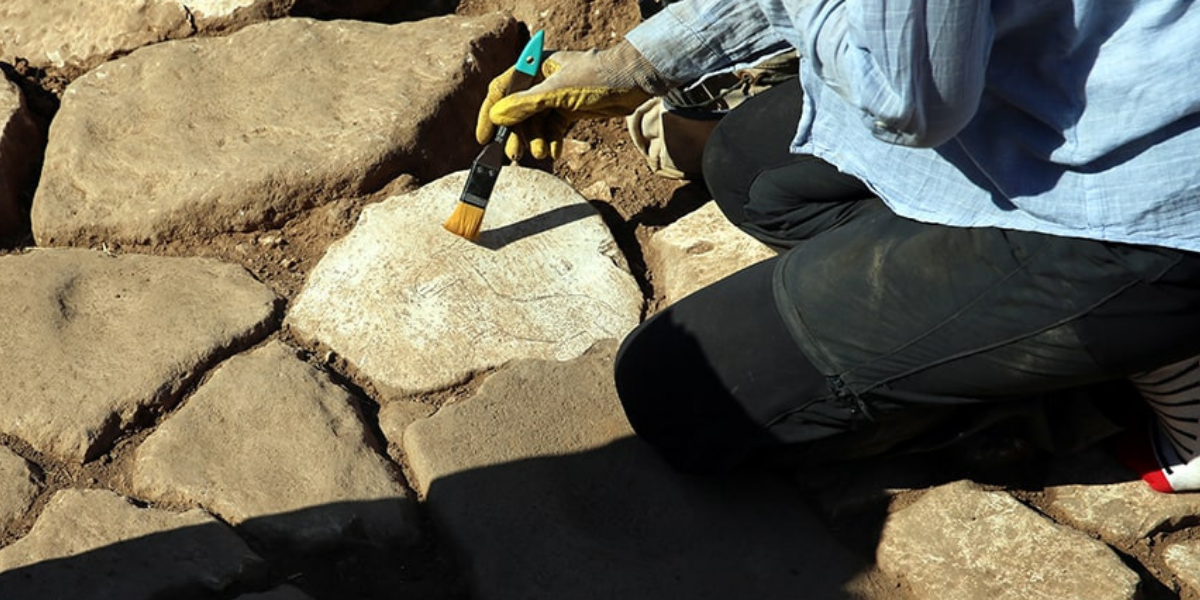
Running wild donkey figure carved into the ground stone discovered in Karahantepe
In Karahantepe, a Neolithic settlement with a history of approximately 12,000 years, a figure of a running wild donkey carved on stone was unearthed. Karahantepe is considered to be an important turning point in humanity’s transition to settled life As in Göbeklitepe, T-shaped obelisks were also found in Karahantepe. These obelisks provide important information about
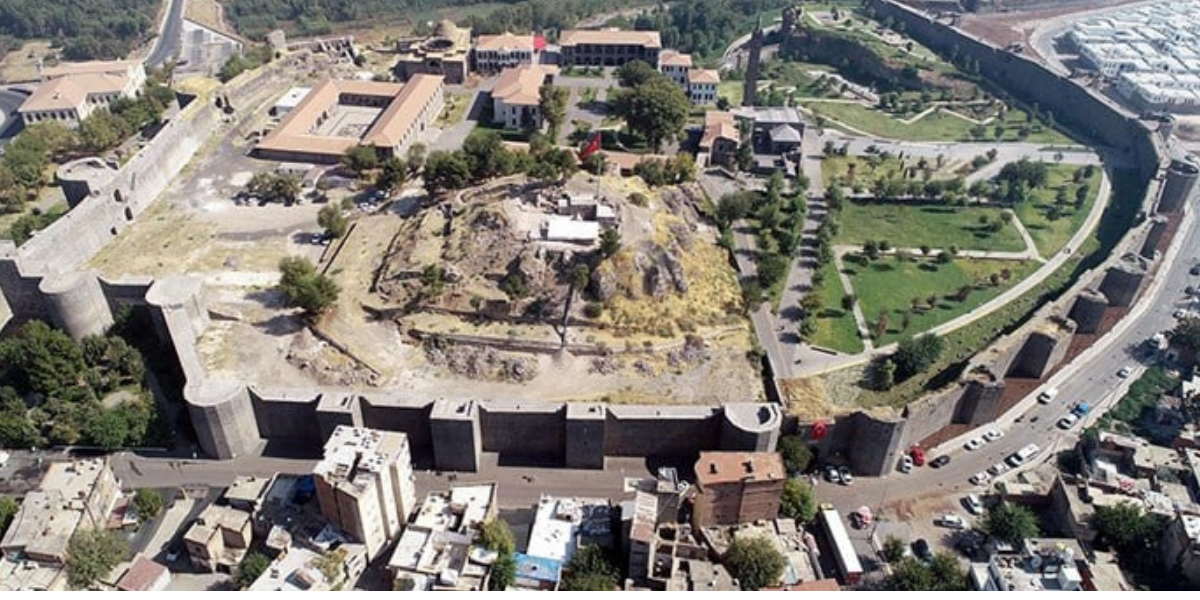
9,000-year-old Amida mound burned 3 times in history
It was confirmed by the analysis that the Amida mound, which has been a continuous settlement center for about 9,000 years, was burned 3 times in history. Amida mound is located northwest of the Sahaba Tombs at the Palace Gate (İçkale) in the central Sur district of Diyarbakır. Excavations at Amida mound, which has been
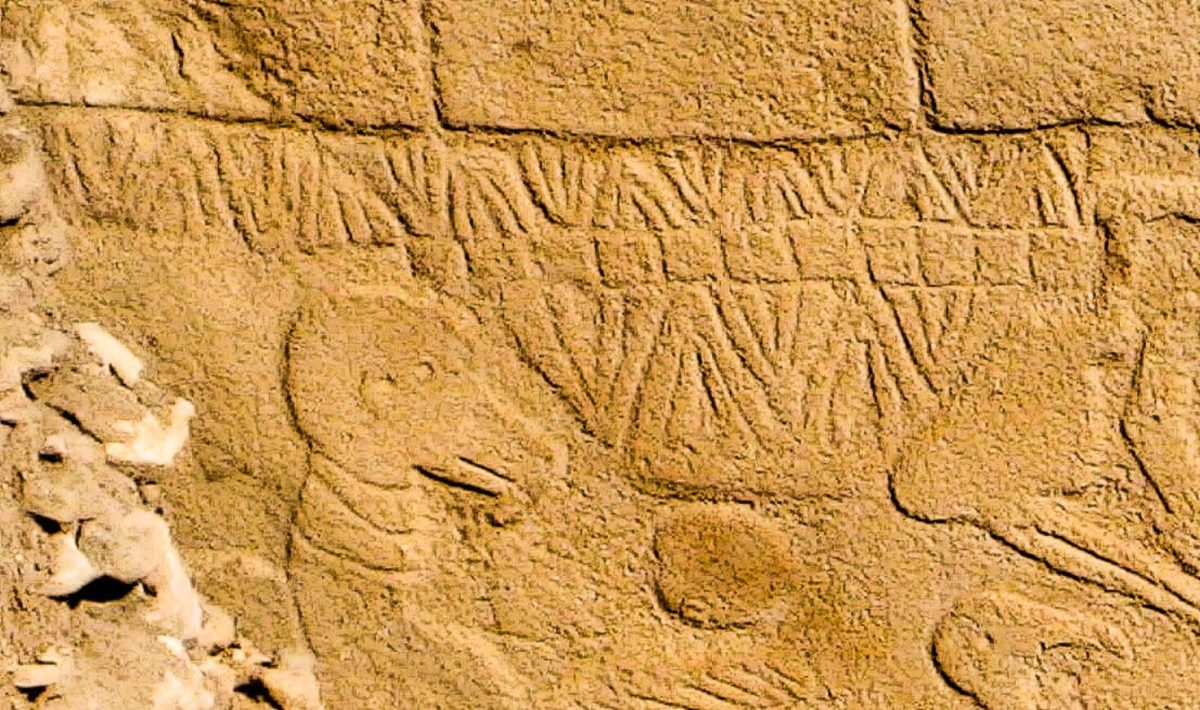
Scientists say rock carvings at Göbekli Tepe may be the world’s oldest calendar
Scientists from the University of Edinburgh say the carvings at Göbekli Tepe could be the world’s oldest calendar. Göbekli Tepe, considered as the zero point of human history in Şanlıurfa province of Türkiye, draws attention with its huge T-shaped stone columns with animal motifs. According to recent analysis, some of these carvings might have functioned
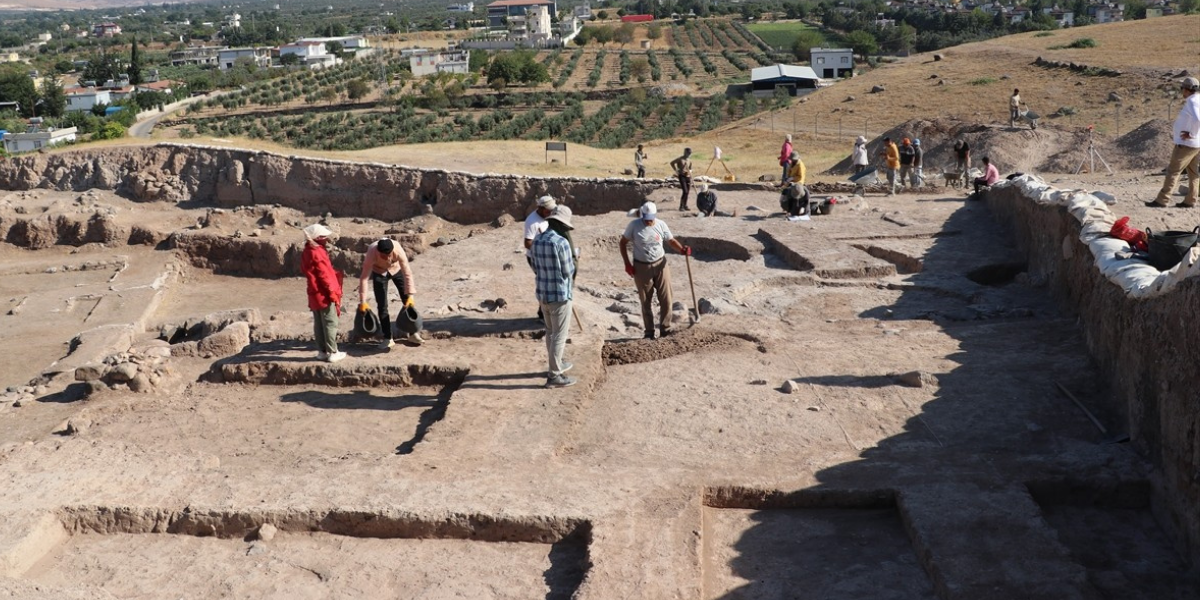
Excavations started at Oylum Höyük, one of the largest mounds in the Middle East
The 2024 excavation season has begun at Oylum Höyük (Oylum Mound), one of the largest mounds in the Middle East, located in Kilis province in southeastern Türkiye. The mound is 460 meters long and 370 meters wide, consisting of two elevations, one 22 meters and the other 37 meters, with a dominant position over the

Çemka Höyük, which represents an important turning point in human history
Çemka Höyük is an important settlement that provides important clues about the transition from hunter-gatherer life to agriculture and settled life. Çemka Höyük, also known as Water’s Edge Höyük, is located within the borders of Ilısu village in Dargeçit district of Mardin province in southeastern Türkiye. Çemka is located about 1,100 m southwest of the
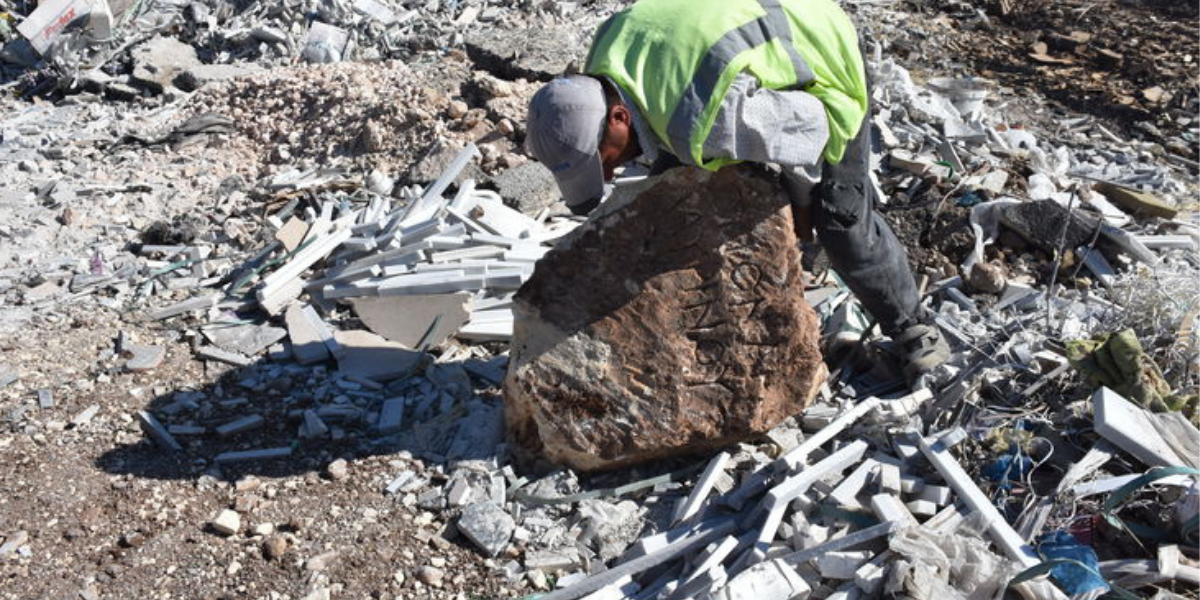
1800-year-old Roman border stone found during infrastructure works
During infrastructure renovation works in Adıyaman, a digger operator found a boundary stone marking a special area belonging to the Roman period. The boundary stone was determined to be 1800 years old. The Roman Empire used boundary stones to effectively manage its territory and define its borders. Boundary stones can be considered a highly developed
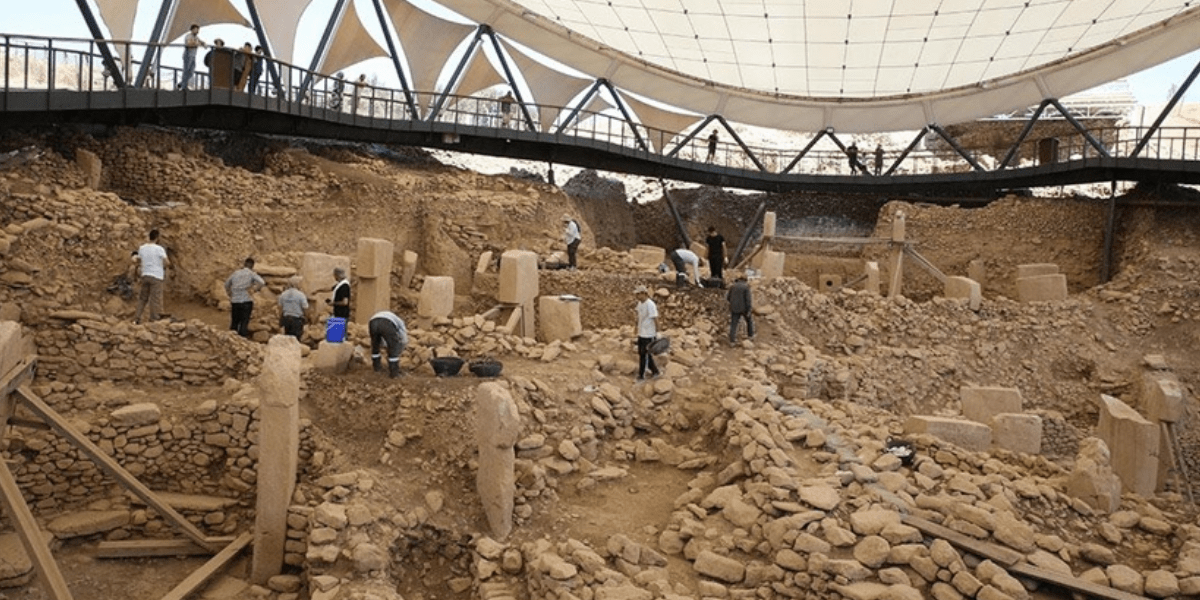
Excavations at Göbekli Tepe will continue until mid-October
The excavations in Göbekli Tepe, which deeply affected the history of humanity, will continue until October this year. Göbekli Tepe Excavation Head Prof. Dr. Necmi Karul said that one of their goals this season is to continue restoration work as in the past. Prof. Dr. Necmi Karul said, “Last year we completed the restoration of

A secret ritual area was discovered in the temple of Mithras in Zerzevan Castle
A secret ritual was discovered in the Temple of Mithras in Zerzevan Castle, which was used as a “military settlement” during the Roman Empire. Zerzevan Castle, where the Temple of Mithras is located, is located in Diyarbakır province in southeastern Türkiye. The temple in the castle is known as the last Mithras temple in the
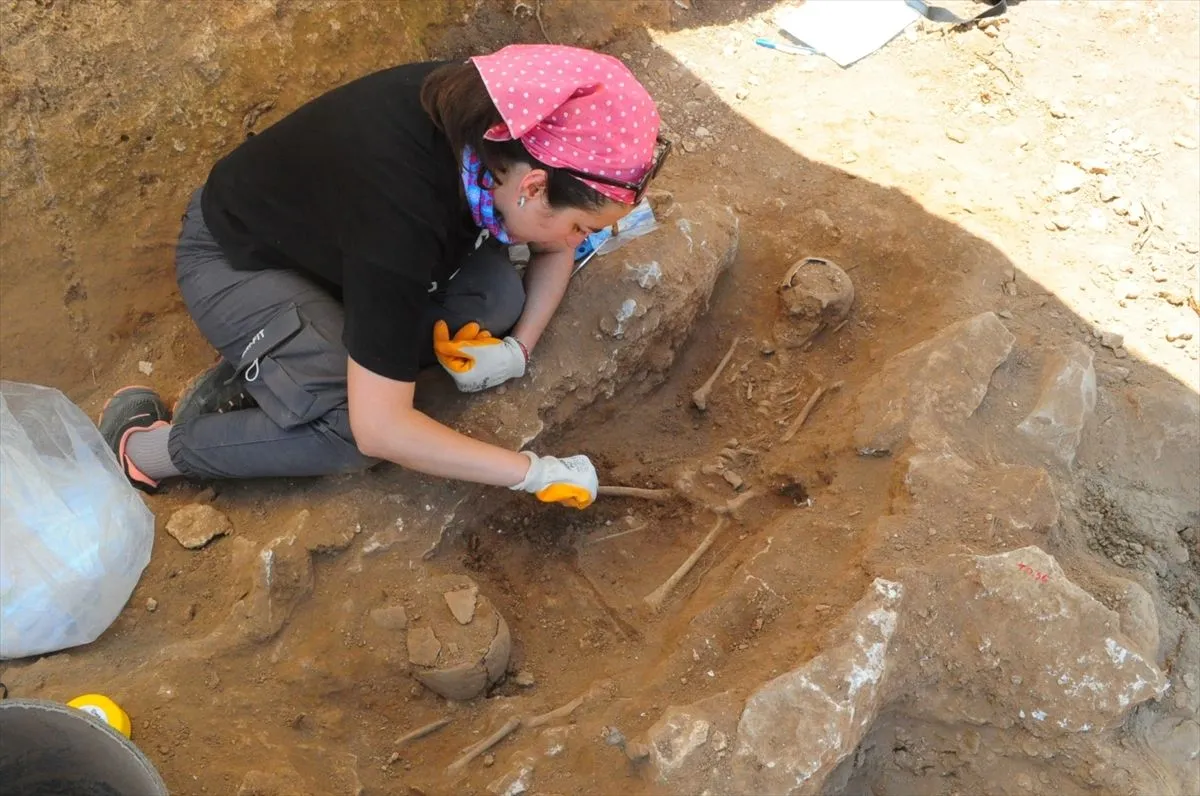
The number of graves in the children’s cemetery unearthed during archaeological excavations in Diyarbakır has increased to 60
Last year, 54 graves of children between the ages of 0-6 were unearthed during archaeological excavations in an area thought to be an old quarry in Diyarbakır’s Kulp district. In this year’s excavations, archaeologists uncovered 6 more graves, bringing the total to 60 graves. Following the discovery of coins from the Byzantine Emperor Anastasius I
